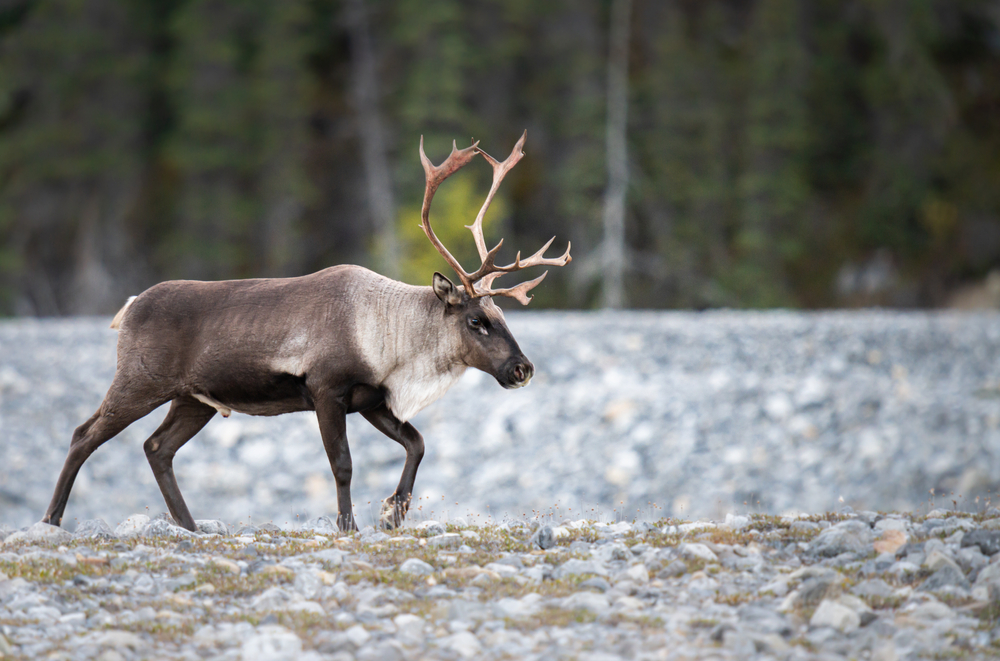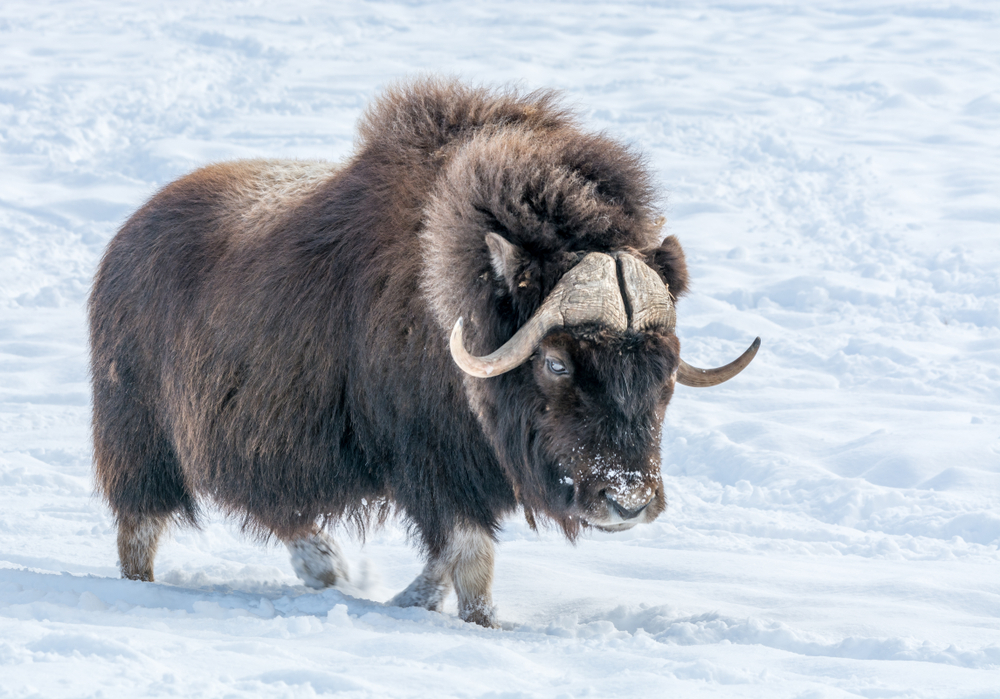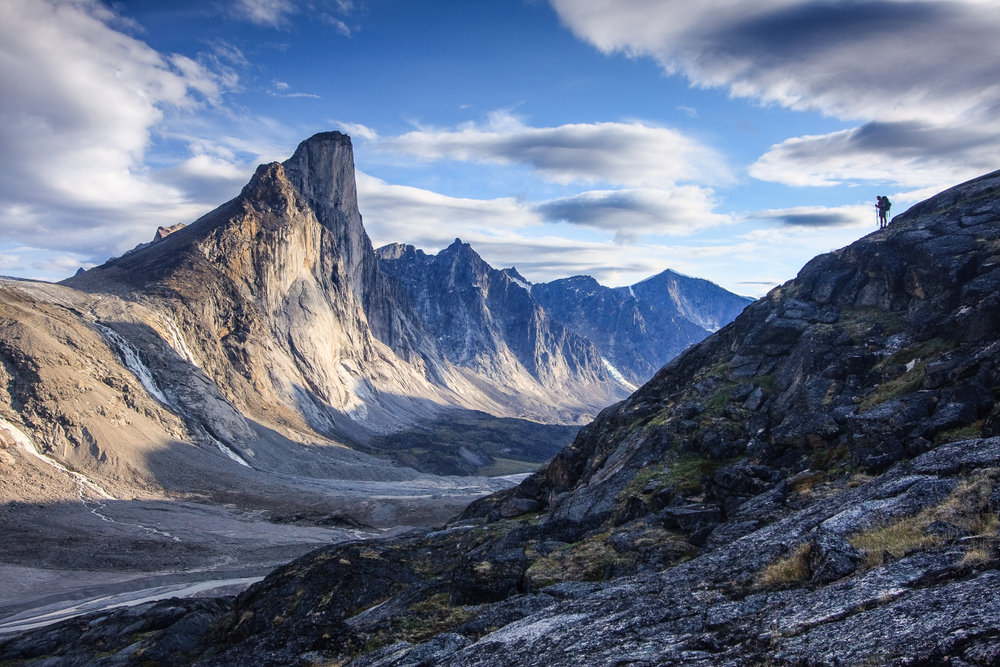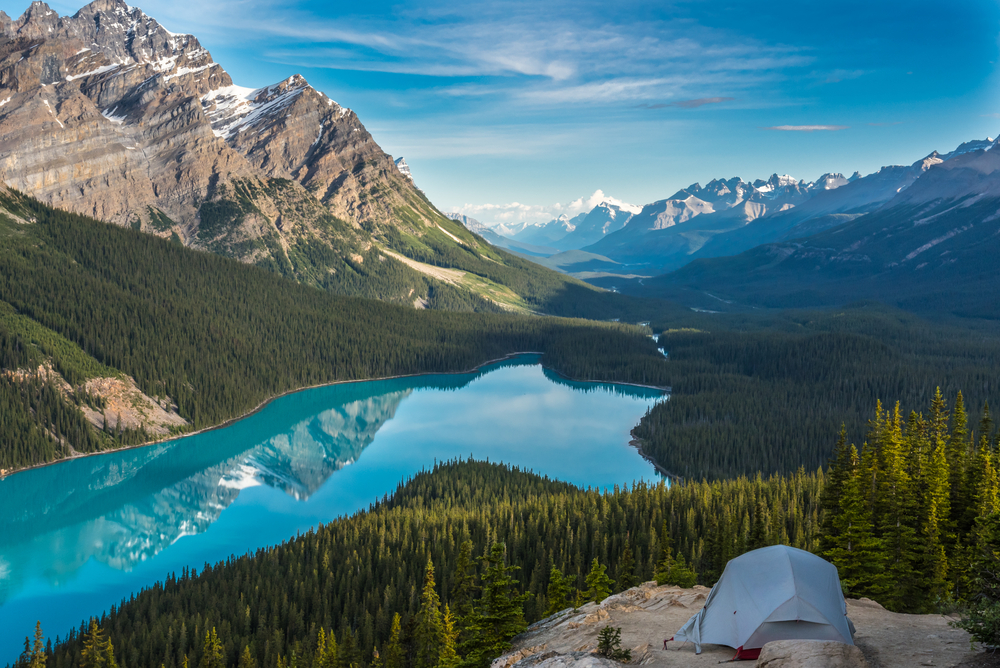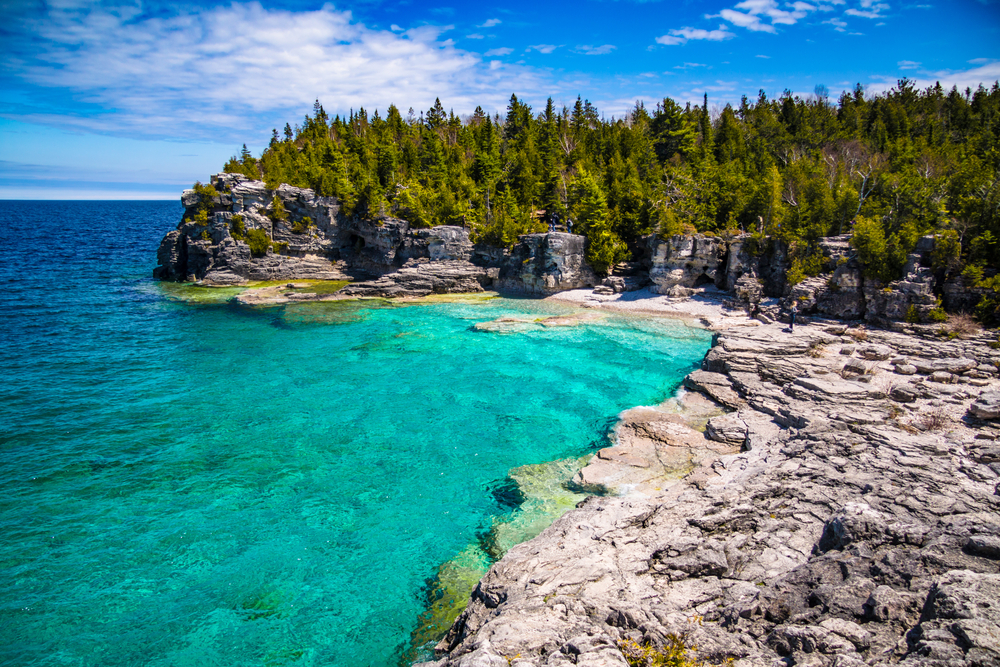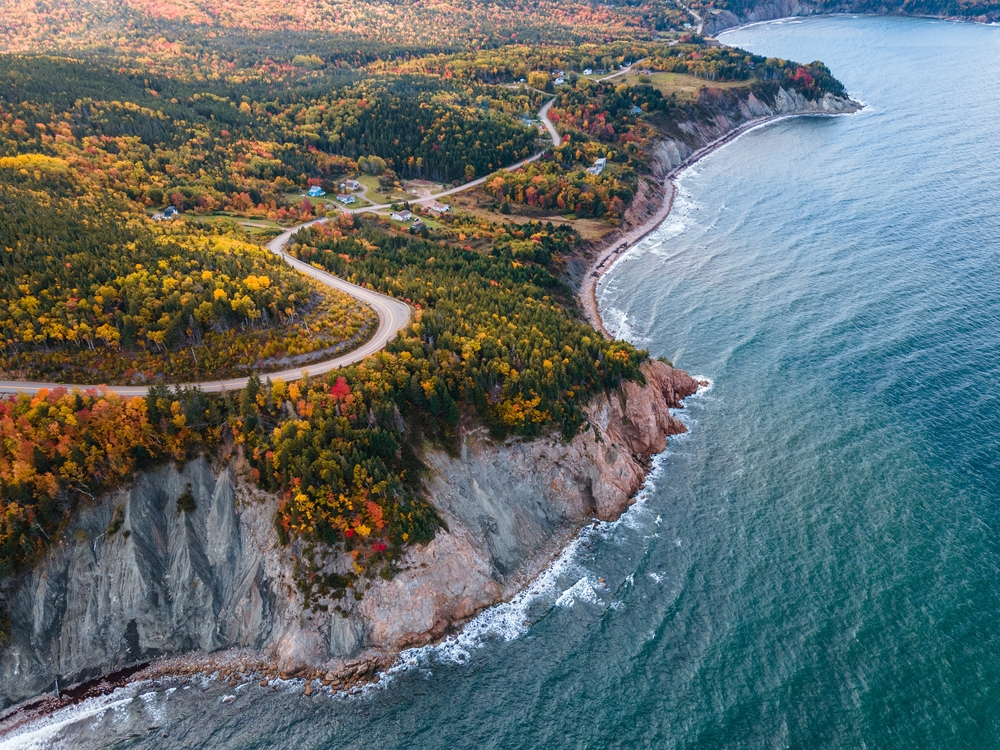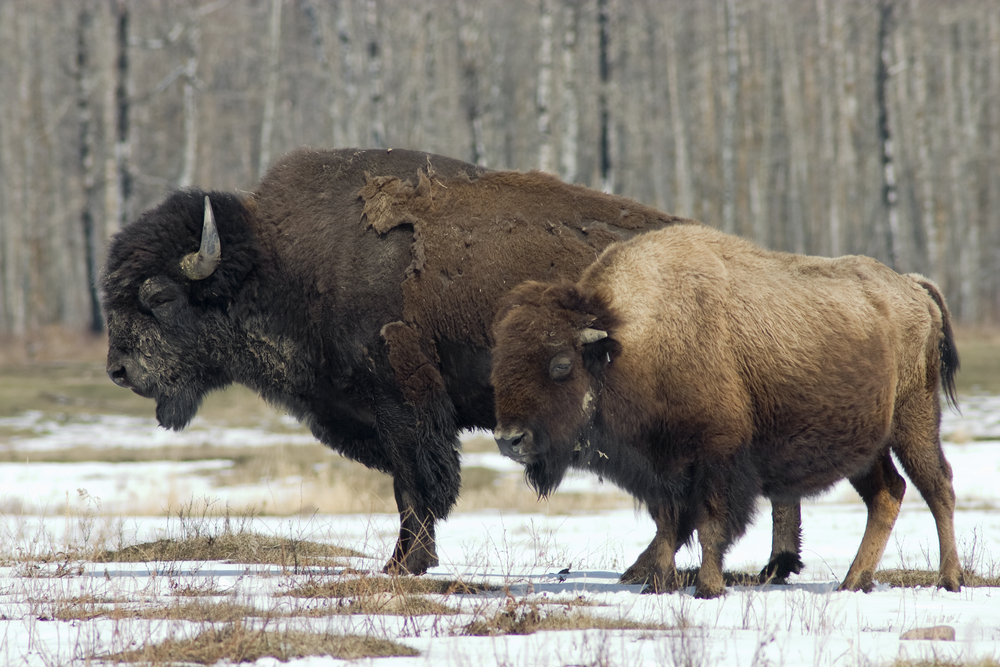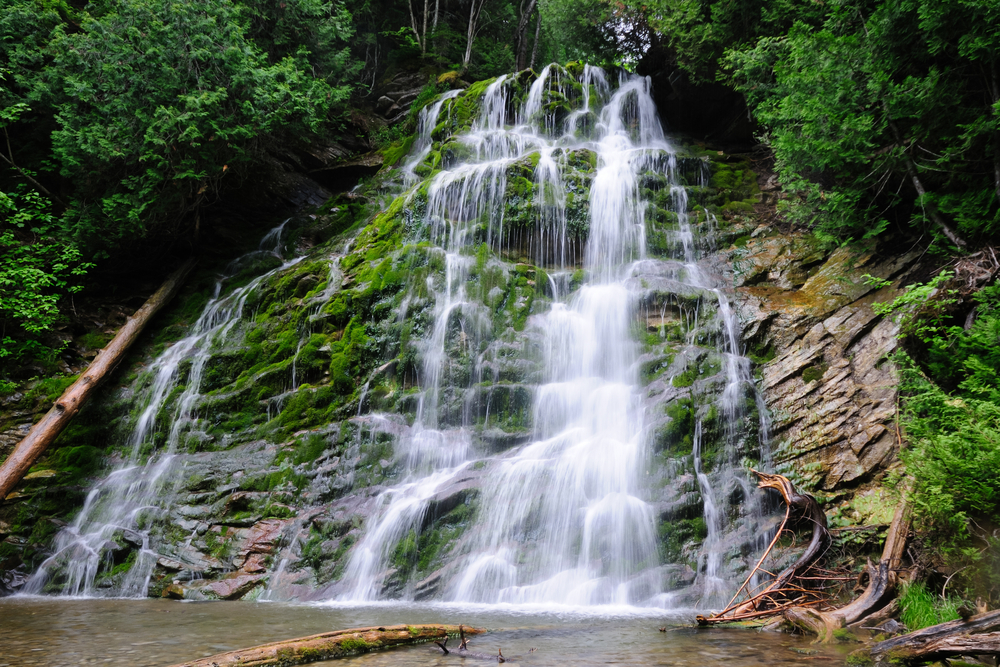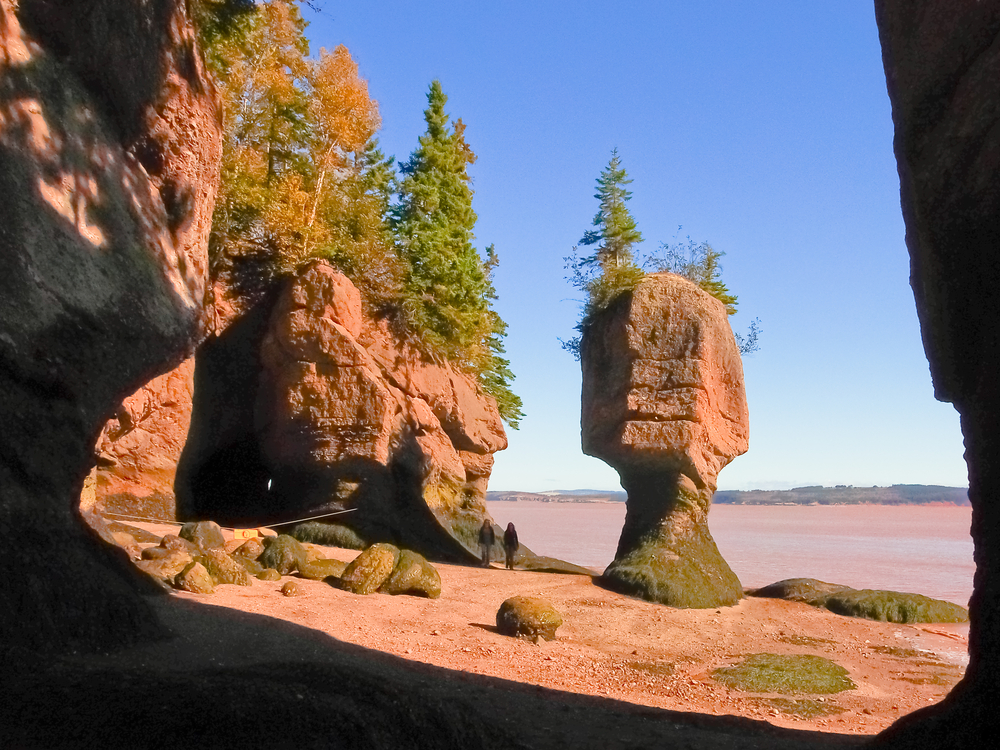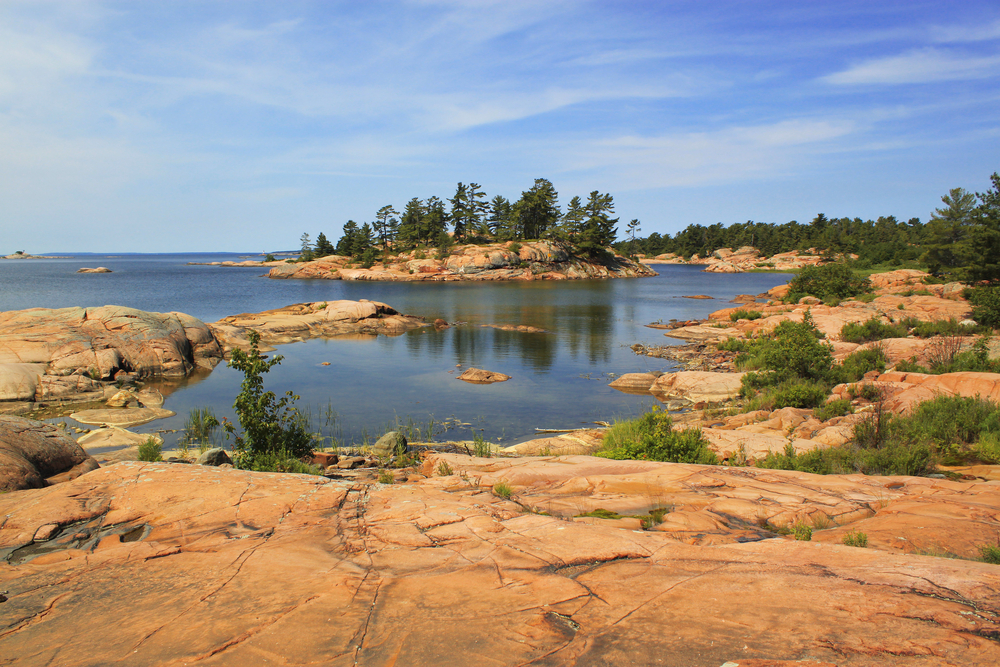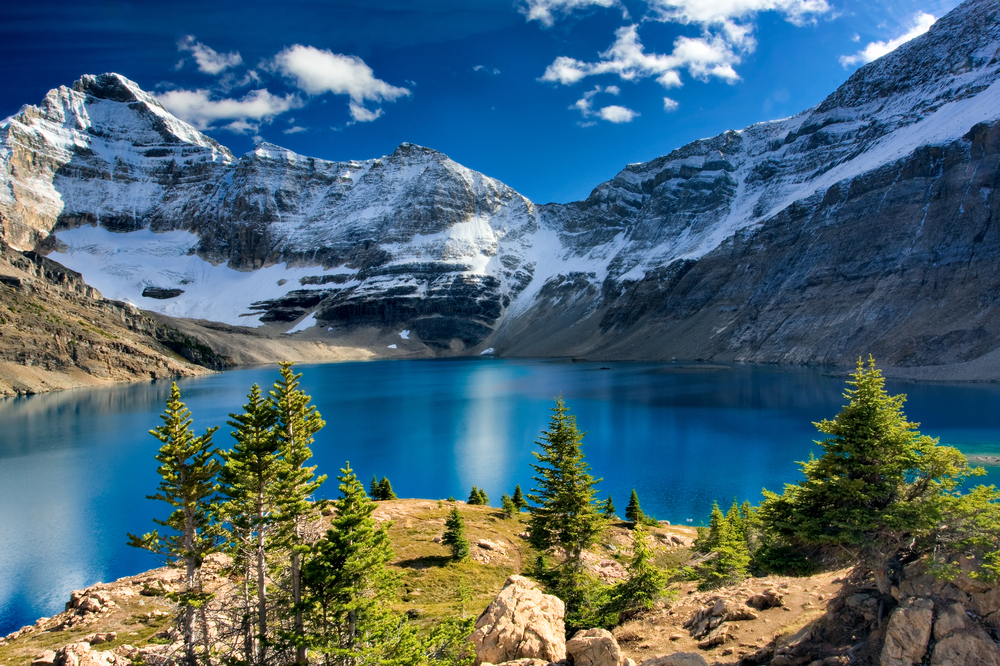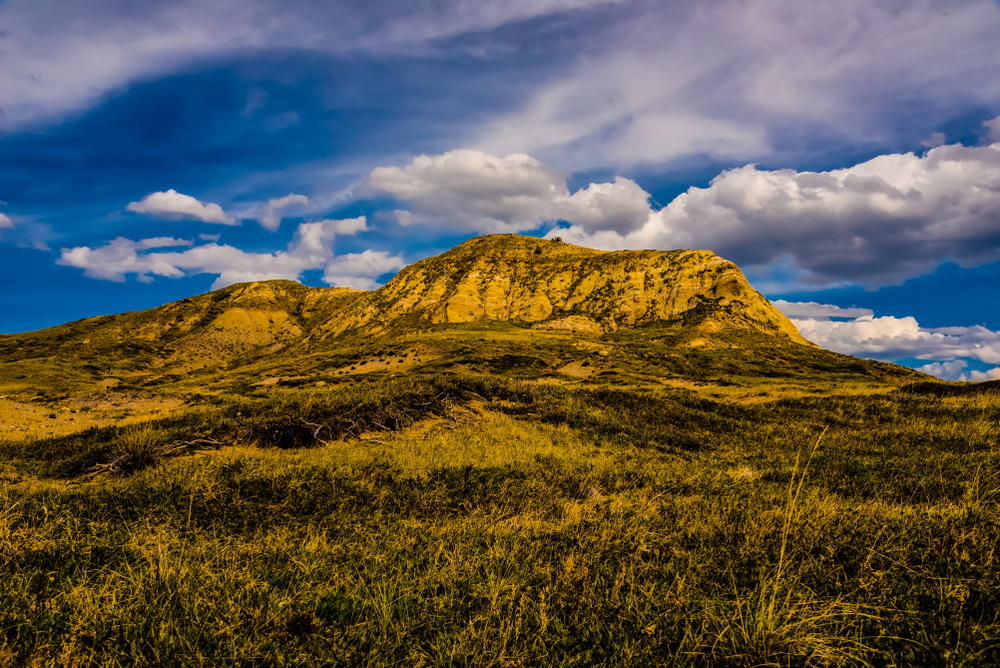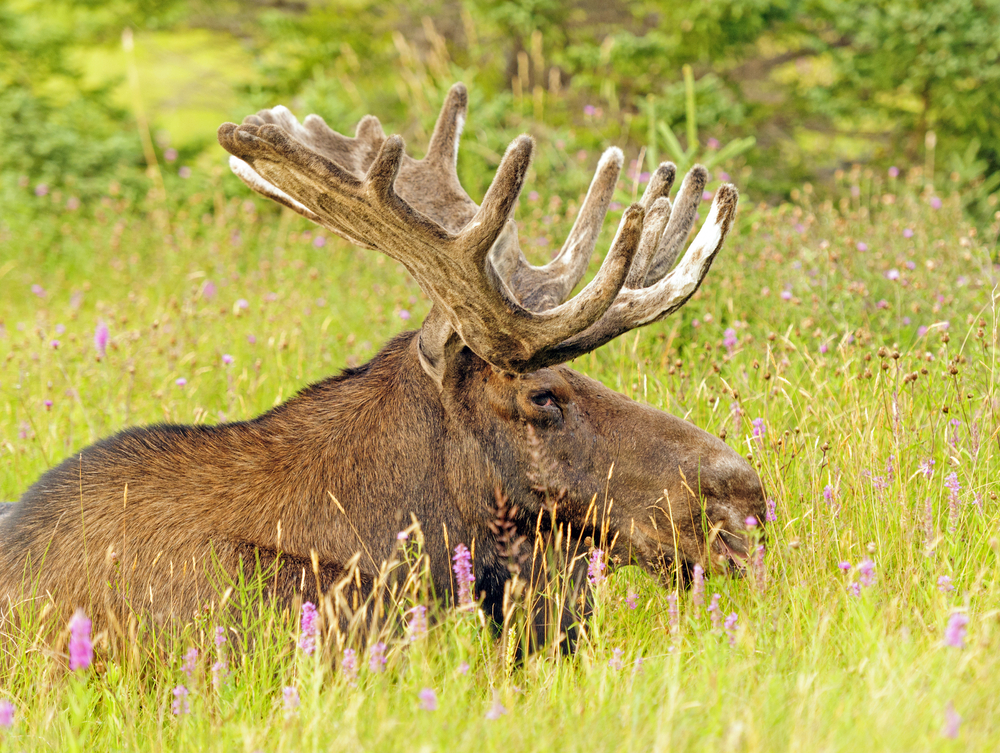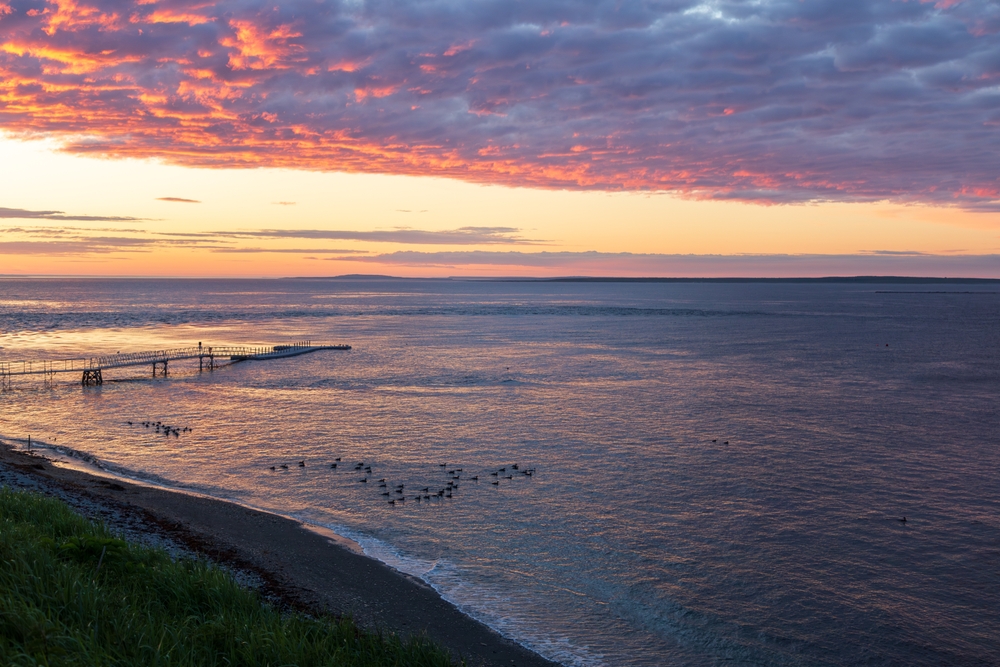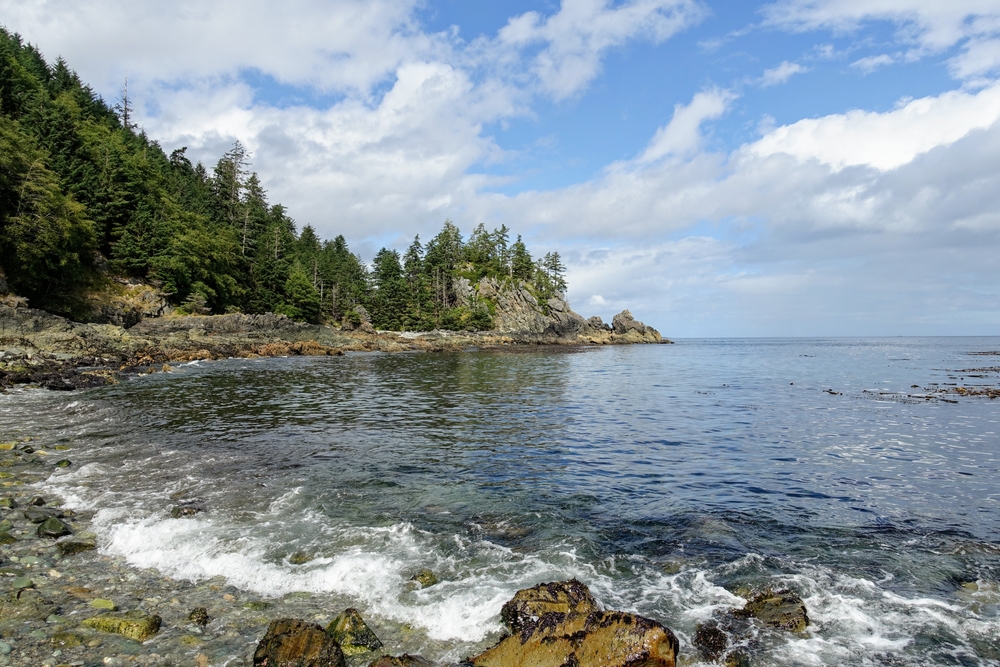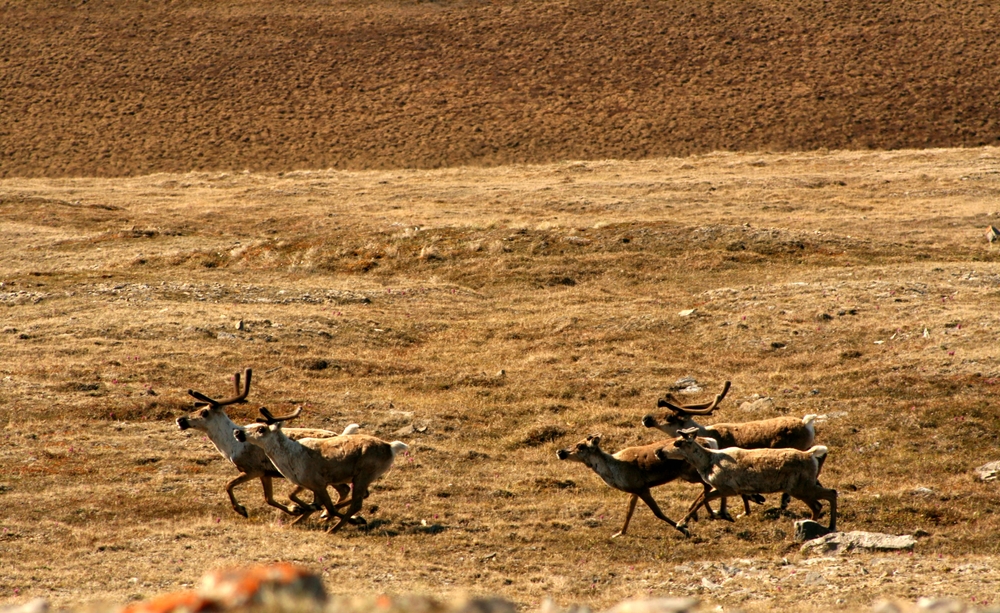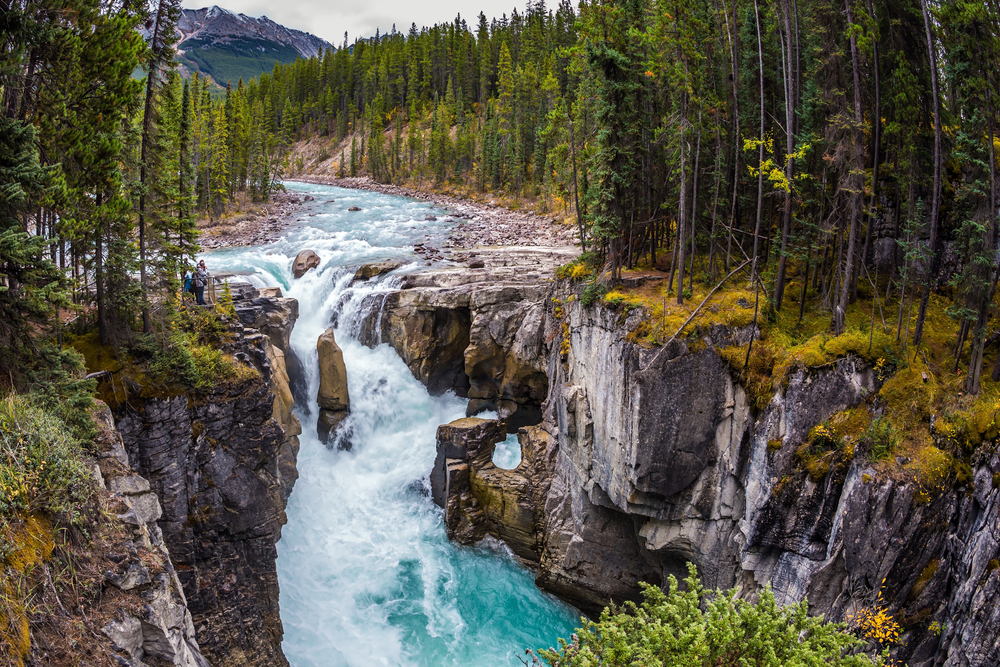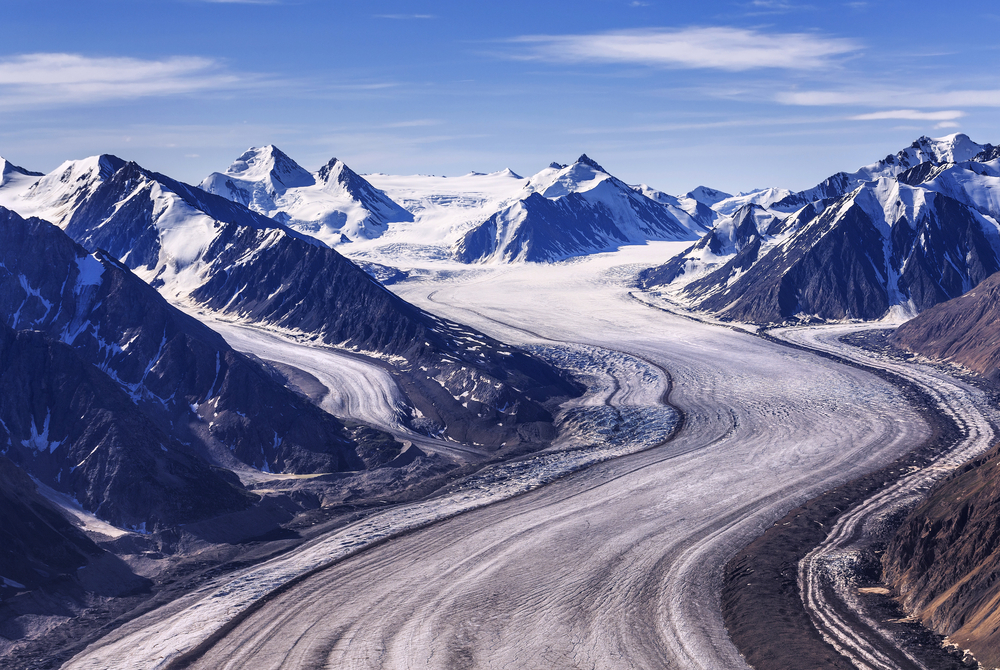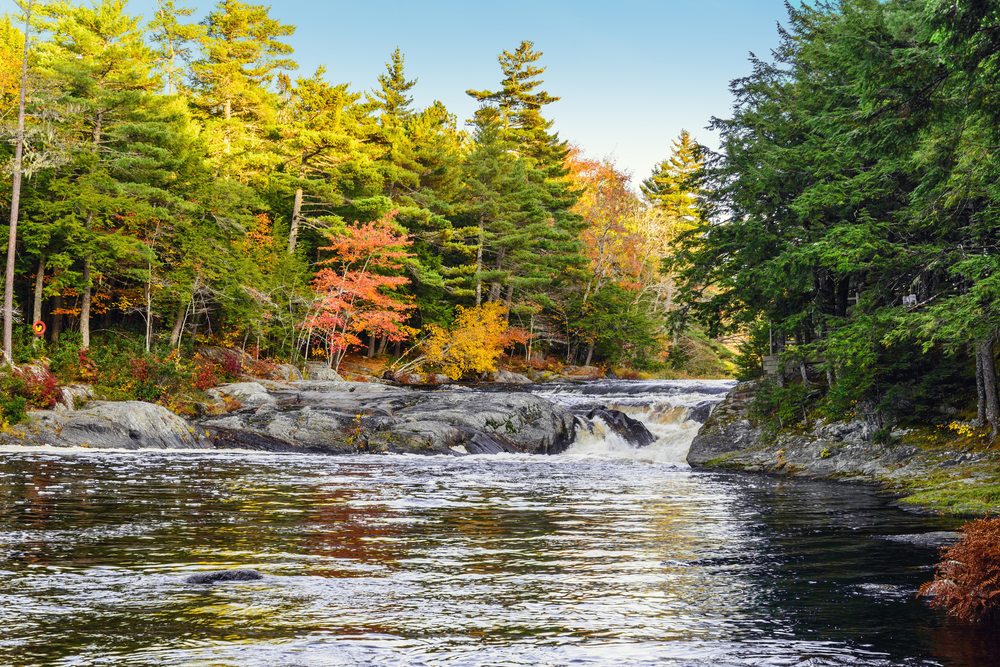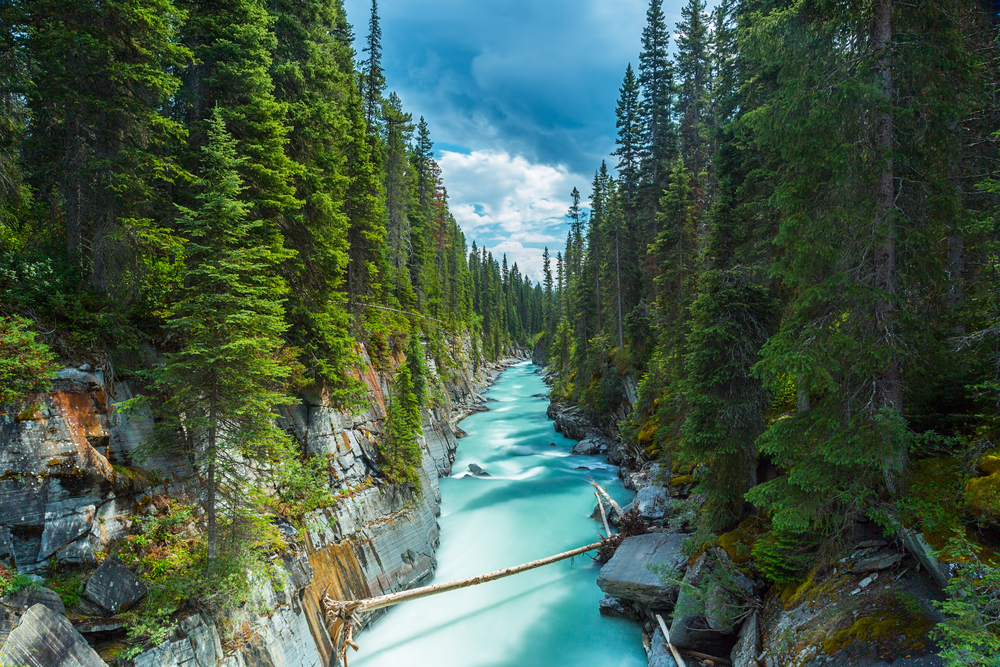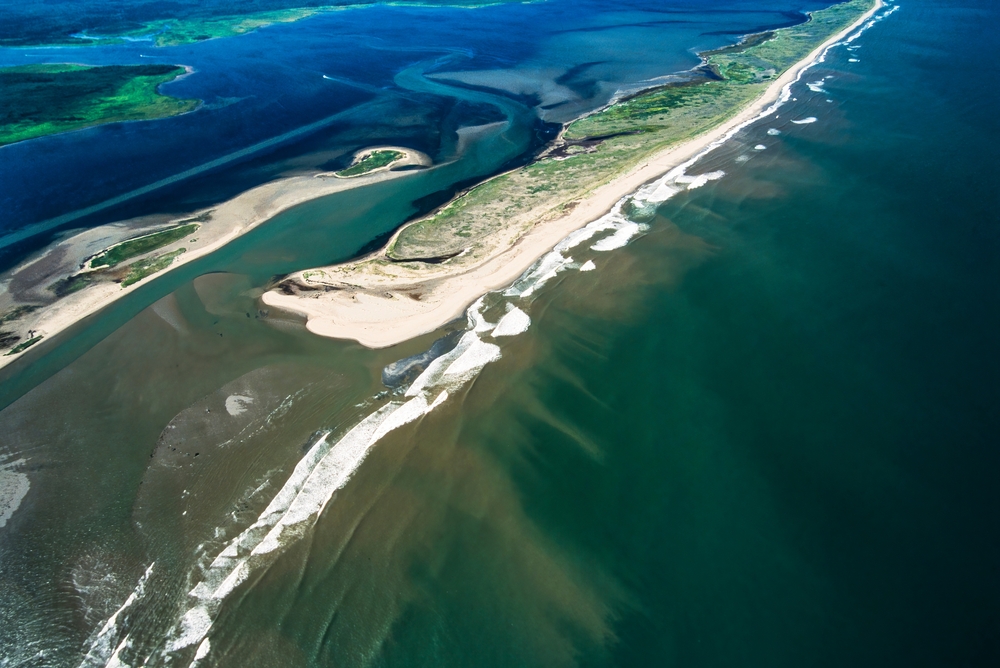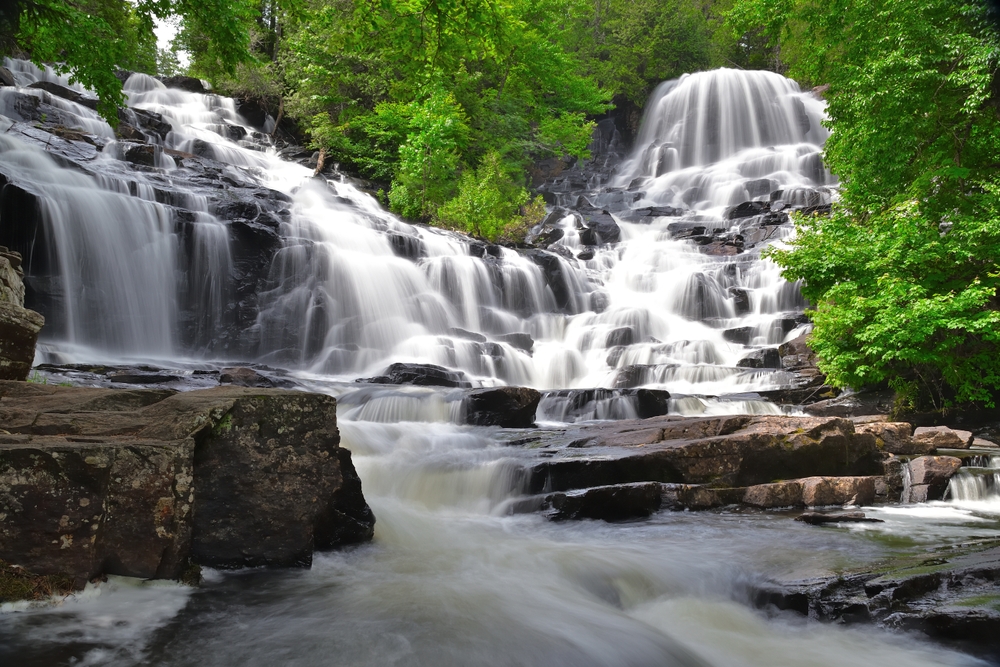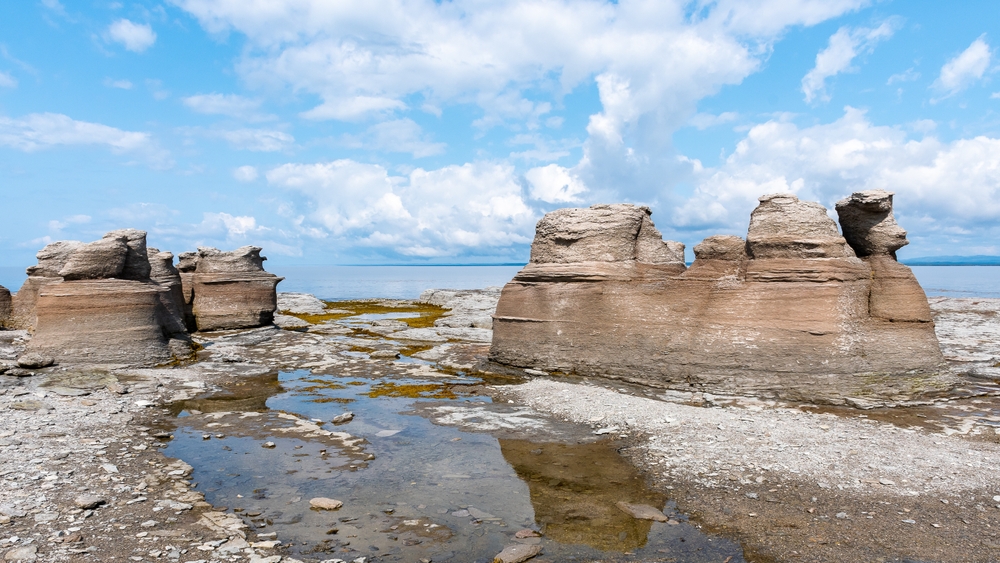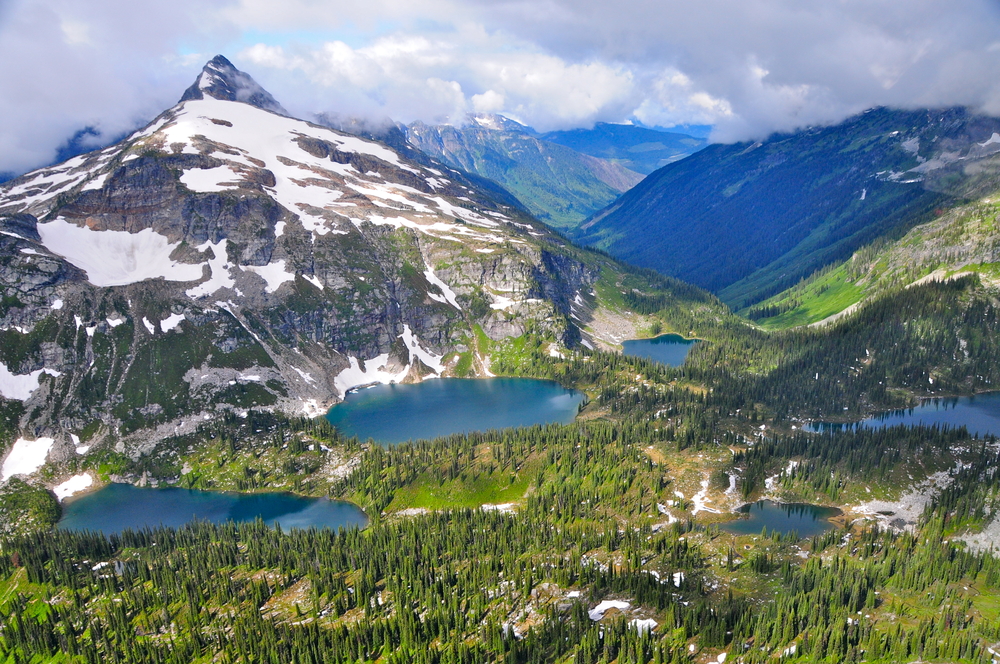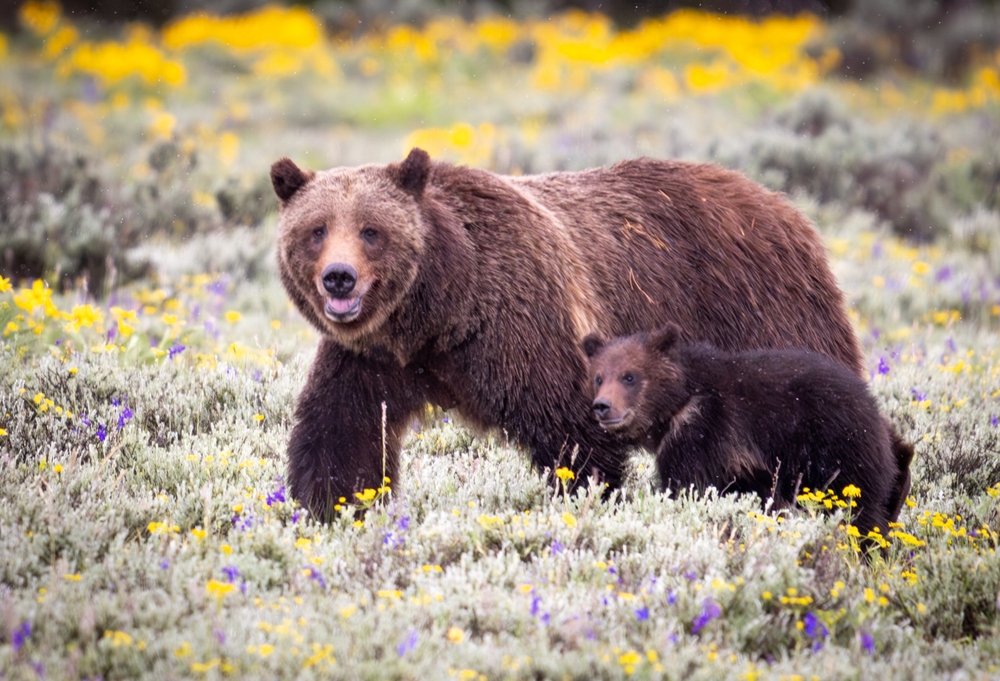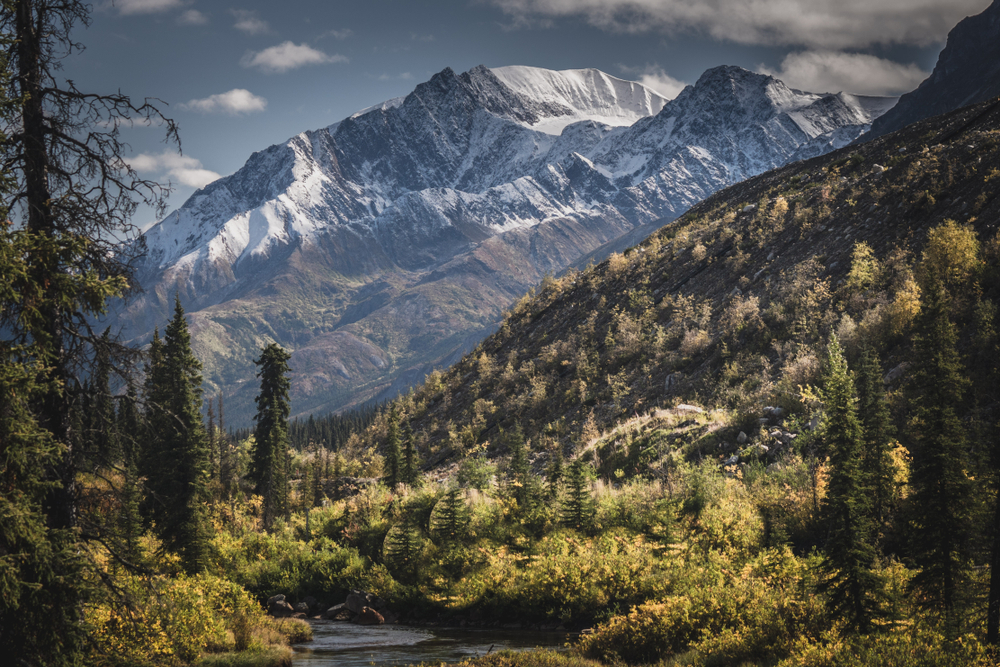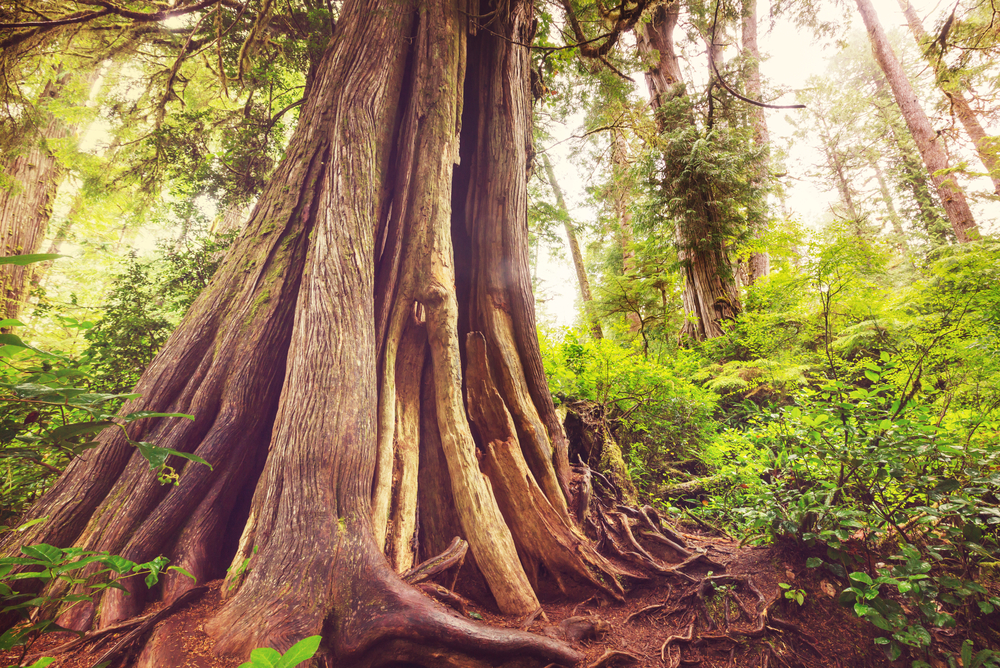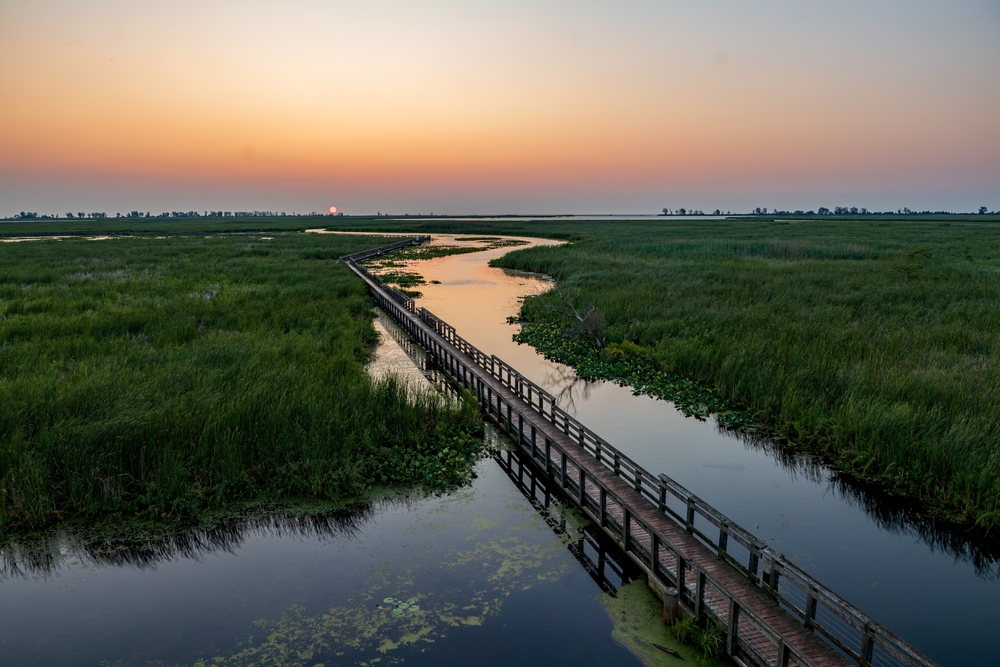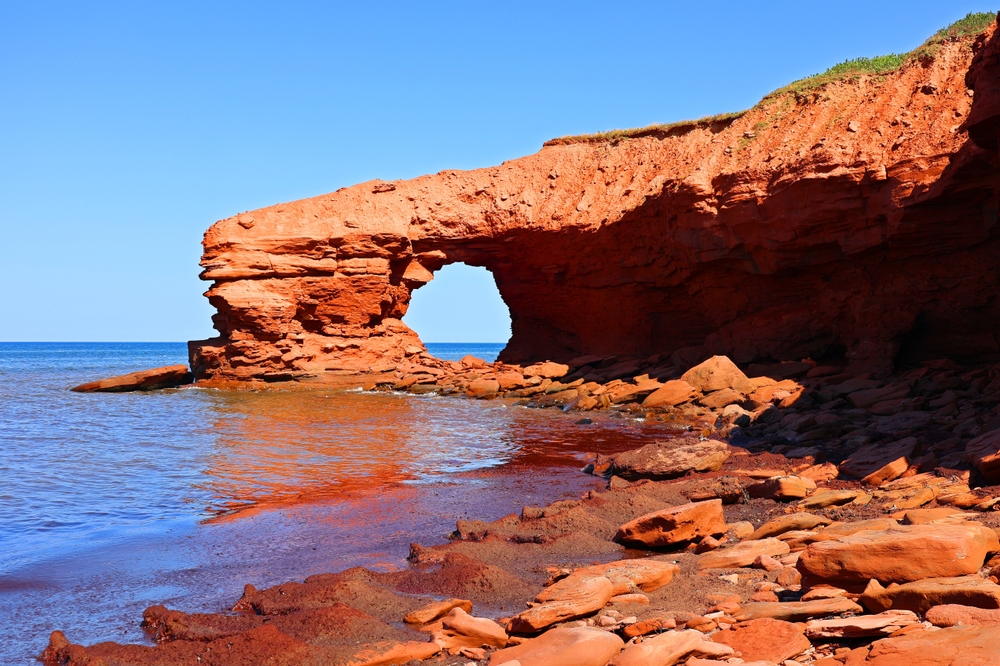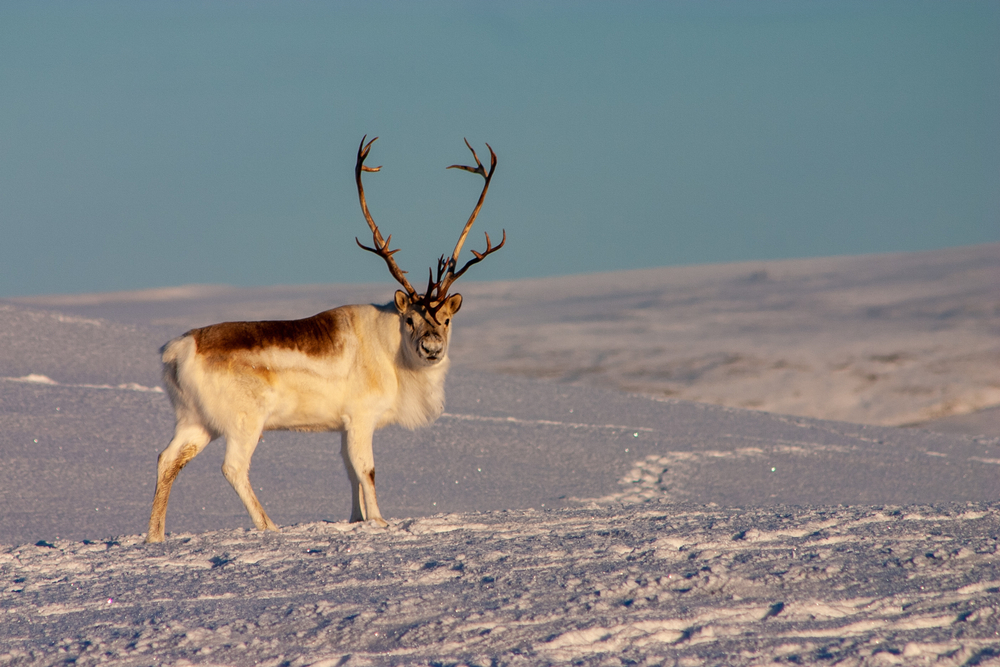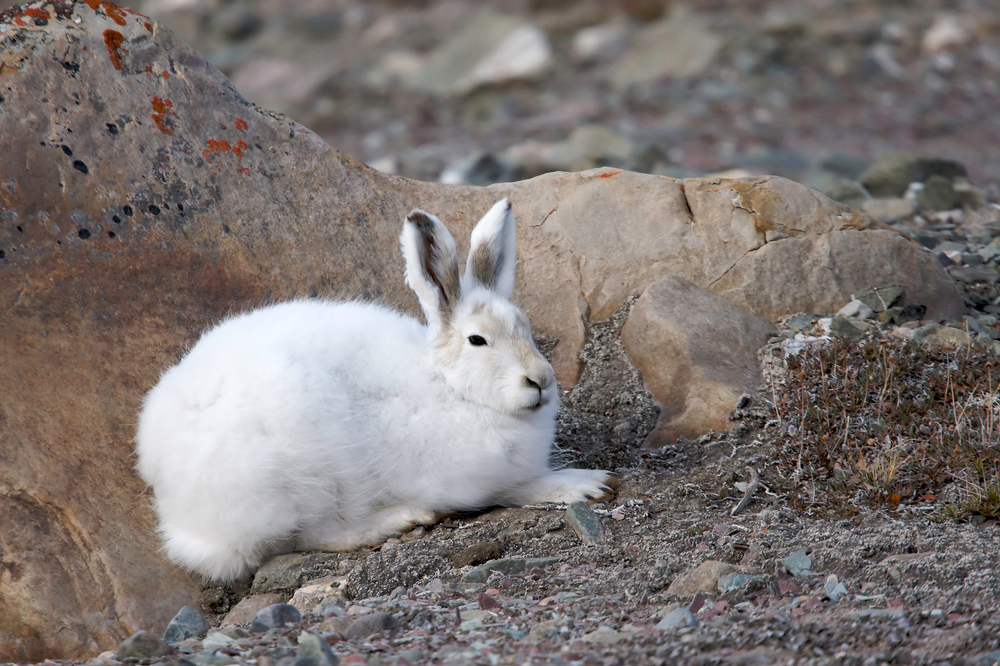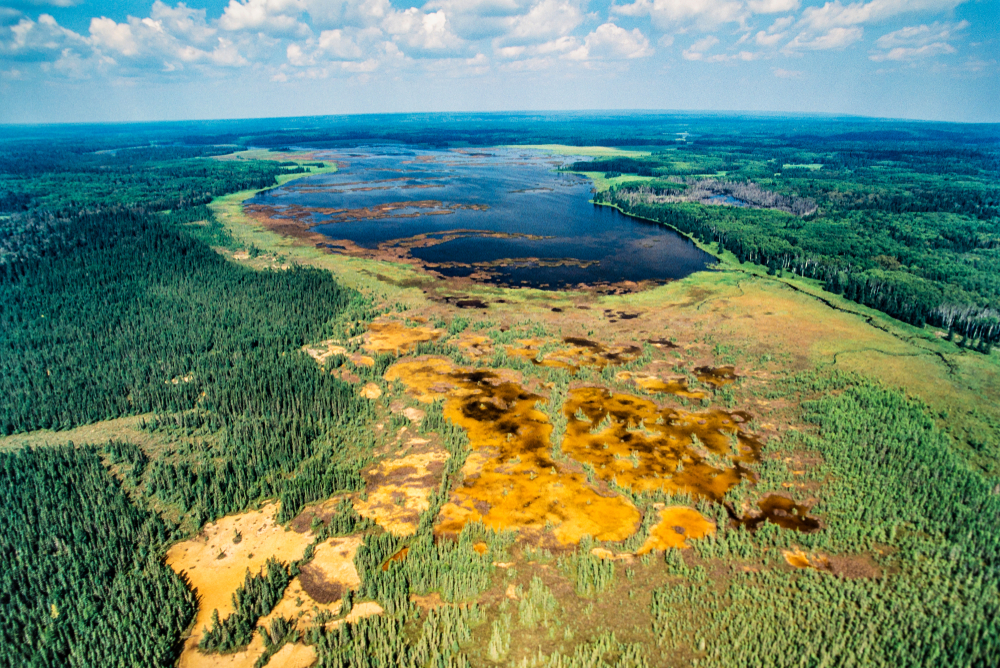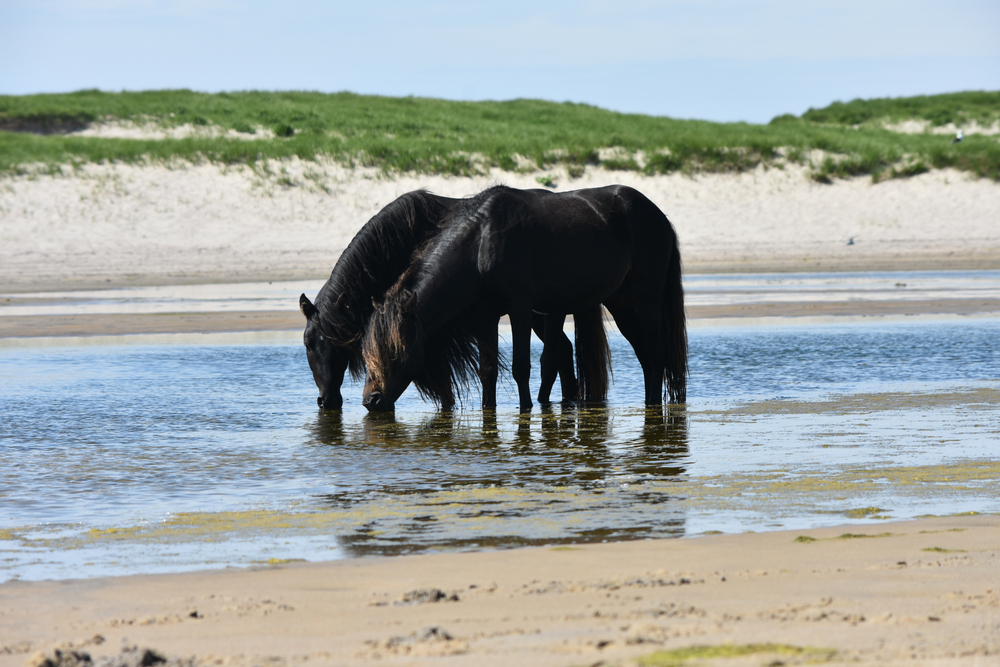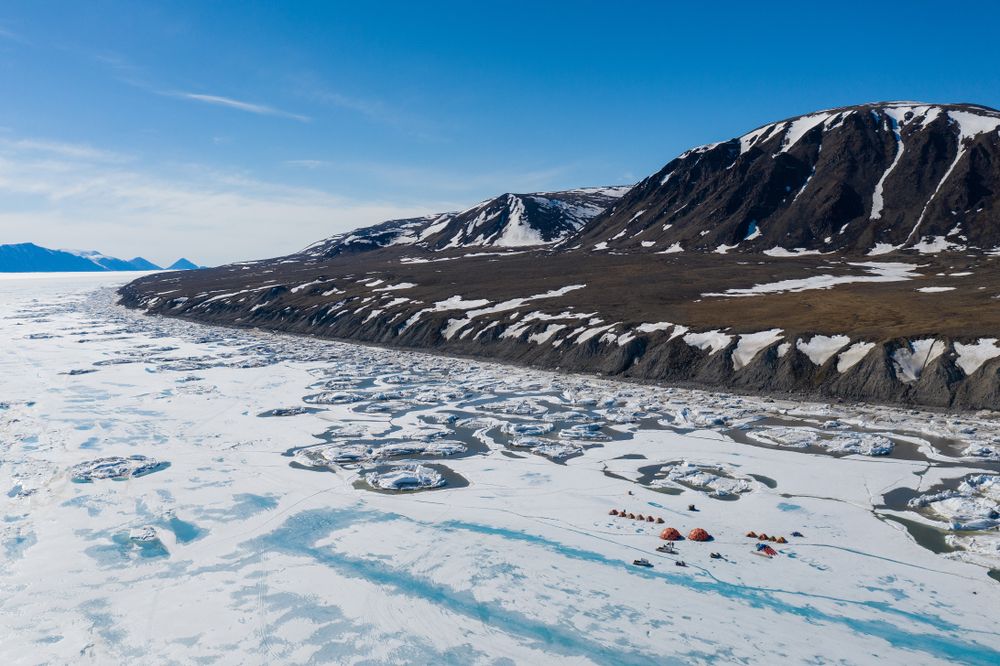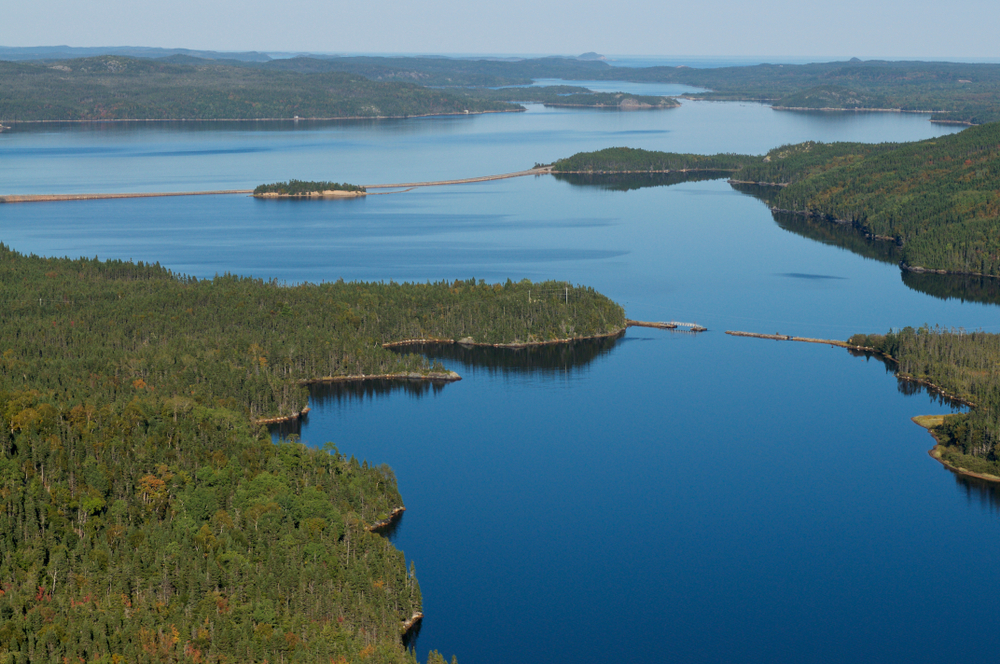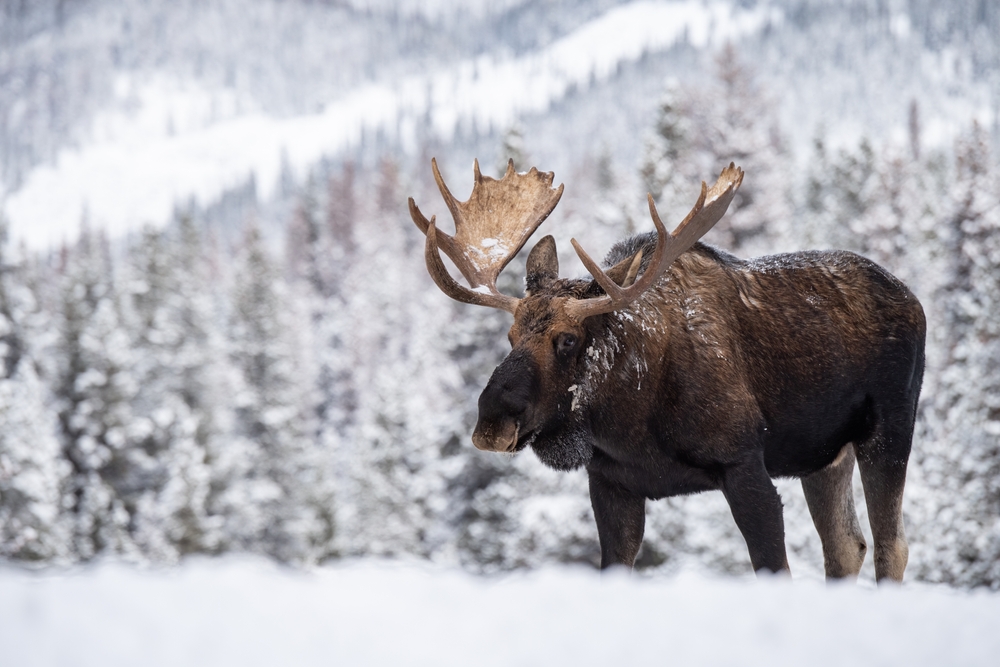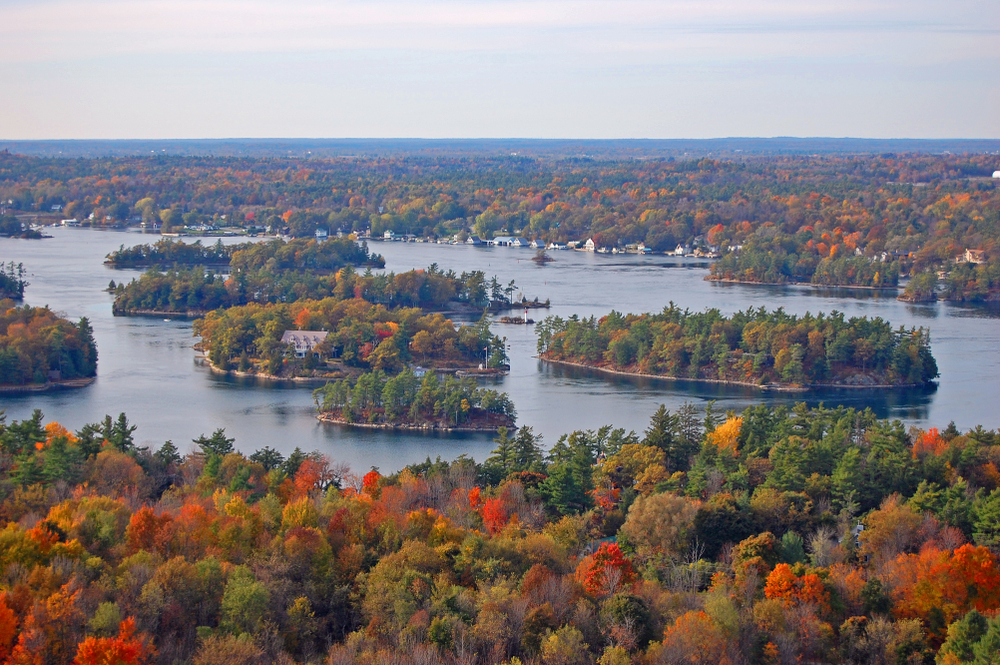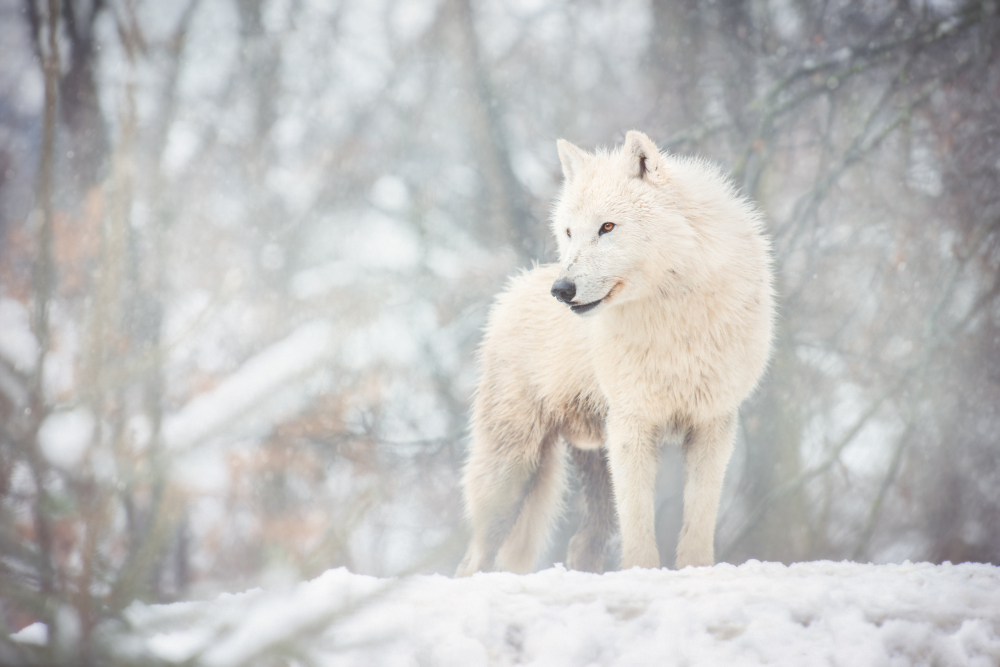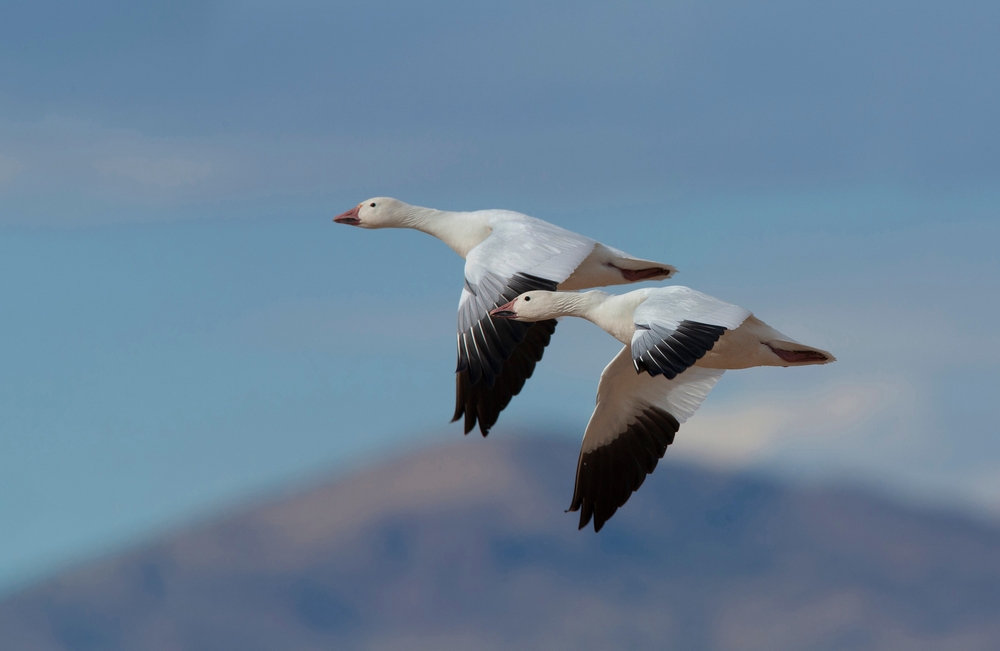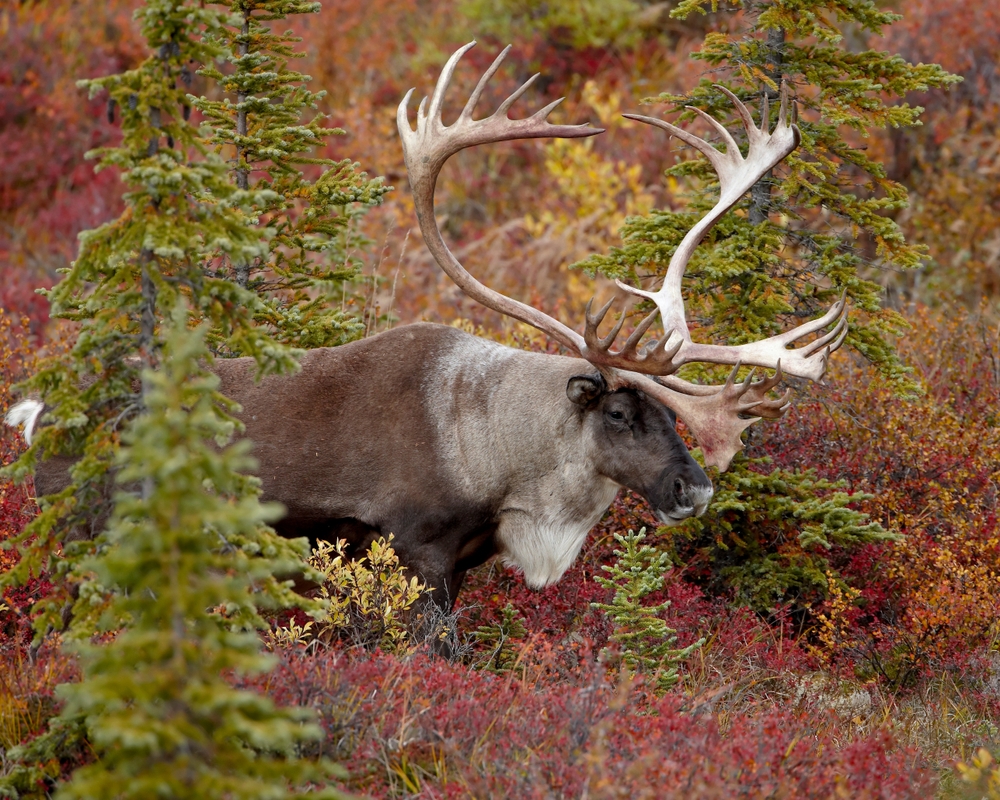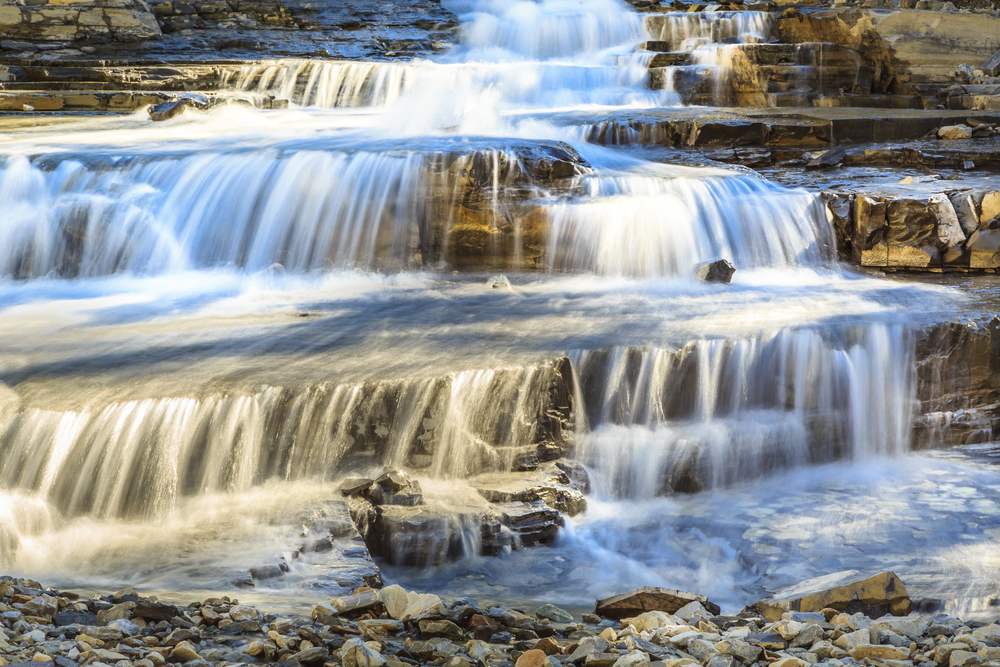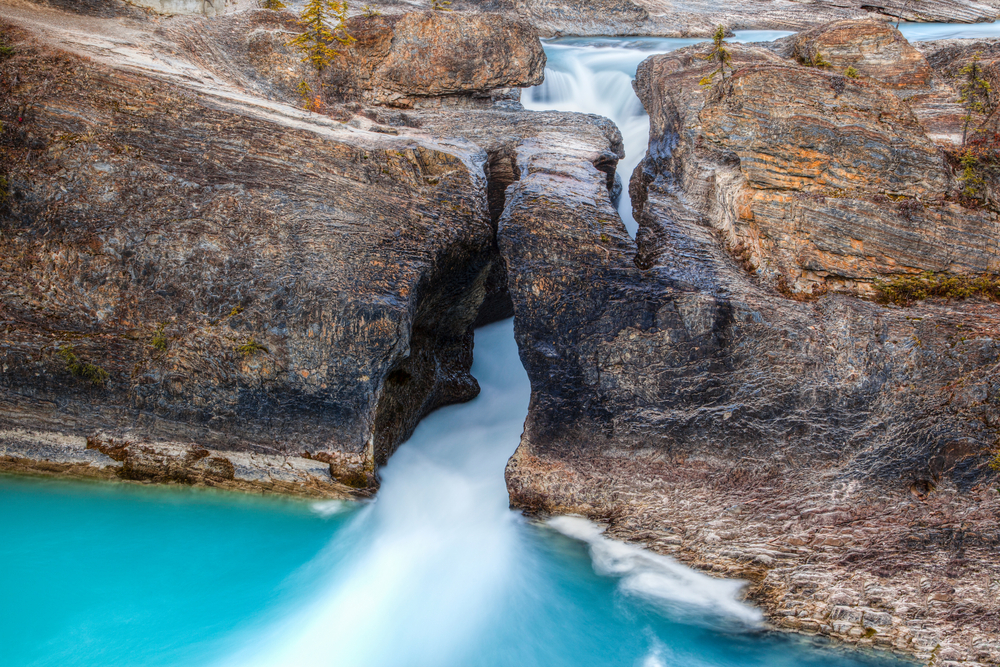Canada boasts an impressive network of 47 national parks, managed by Parks Canada, which collectively preserve the country’s stunning and diverse landscapes. From the rugged Rocky Mountains and vast boreal forests to coastal fjords and Arctic tundra, these parks represent a vast range of ecosystems. They provide vital habitats for a variety of wildlife, including iconic species such as grizzly bears, moose, and bald eagles. Many parks also hold significant cultural importance, preserving the heritage of Indigenous communities and offering a space for outdoor recreation and education.
One of the most celebrated parks is Banff National Park, Canada’s first national park and a UNESCO World Heritage Site. Located in Alberta, it is renowned for its dramatic mountain scenery, glacial lakes such as Lake Louise and Moraine Lake, and abundant wildlife. The park offers year-round activities, including hiking, skiing, and wildlife viewing. Banff is a symbol of Canada’s wilderness and remains a top destination for nature lovers worldwide.
Jasper National Park, the largest national park in the Canadian Rockies, is another iconic destination. It features stunning landscapes such as the Columbia Icefield, vast alpine meadows, and picturesque lakes. Jasper is part of a UNESCO World Heritage Site and is designated as a Dark Sky Preserve, making it one of the best places in Canada for stargazing. Visitors can explore its extensive trail network, enjoy boat rides on Maligne Lake, and marvel at Athabasca Falls.
Pacific Rim National Park Reserve, located on Vancouver Island in British Columbia, showcases the rugged beauty of Canada’s west coast. It encompasses dense rainforests, sandy beaches, and the wild Pacific Ocean. The park’s Long Beach is particularly famous, attracting surfers, beachcombers, and photographers. Visitors can also explore the West Coast Trail, a challenging multi-day hike that offers breathtaking coastal views and opportunities to spot marine wildlife like sea lions and whales.
Gros Morne National Park, in Newfoundland and Labrador, is another UNESCO World Heritage Site. Its unique geology includes the Tablelands, where the Earth’s mantle is exposed, offering a glimpse into the planet’s inner workings. The park also features fjords, waterfalls, and lush forests, making it a paradise for hikers and nature enthusiasts.
Nahanni National Park Reserve, located in the Northwest Territories, is a remote and spectacular wilderness area. The park is centered around the South Nahanni River, which is famed for its dramatic canyons and Virginia Falls, twice the height of Niagara Falls. It is a haven for adventurous travelers seeking whitewater rafting, canoeing, and wildlife encounters.
Canada’s national parks face conservation challenges, including climate change, habitat loss, and invasive species. However, significant successes have been achieved, such as rewilding efforts, enhanced Indigenous partnerships in park management, and the expansion of protected areas. These initiatives reflect Canada’s commitment to preserving its natural and cultural treasures for future generations.










































































